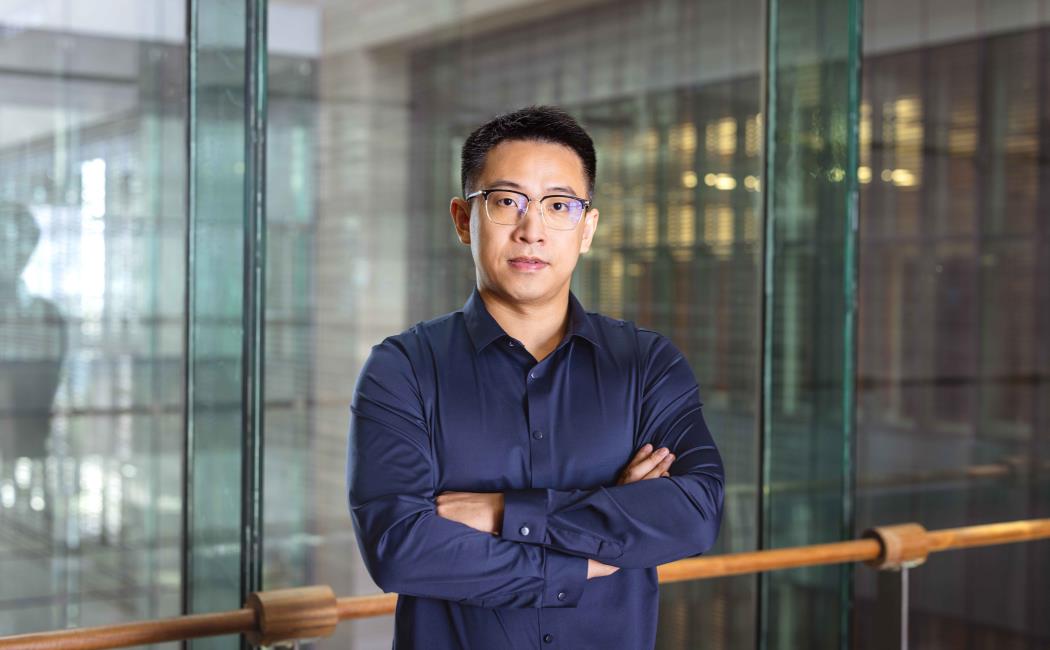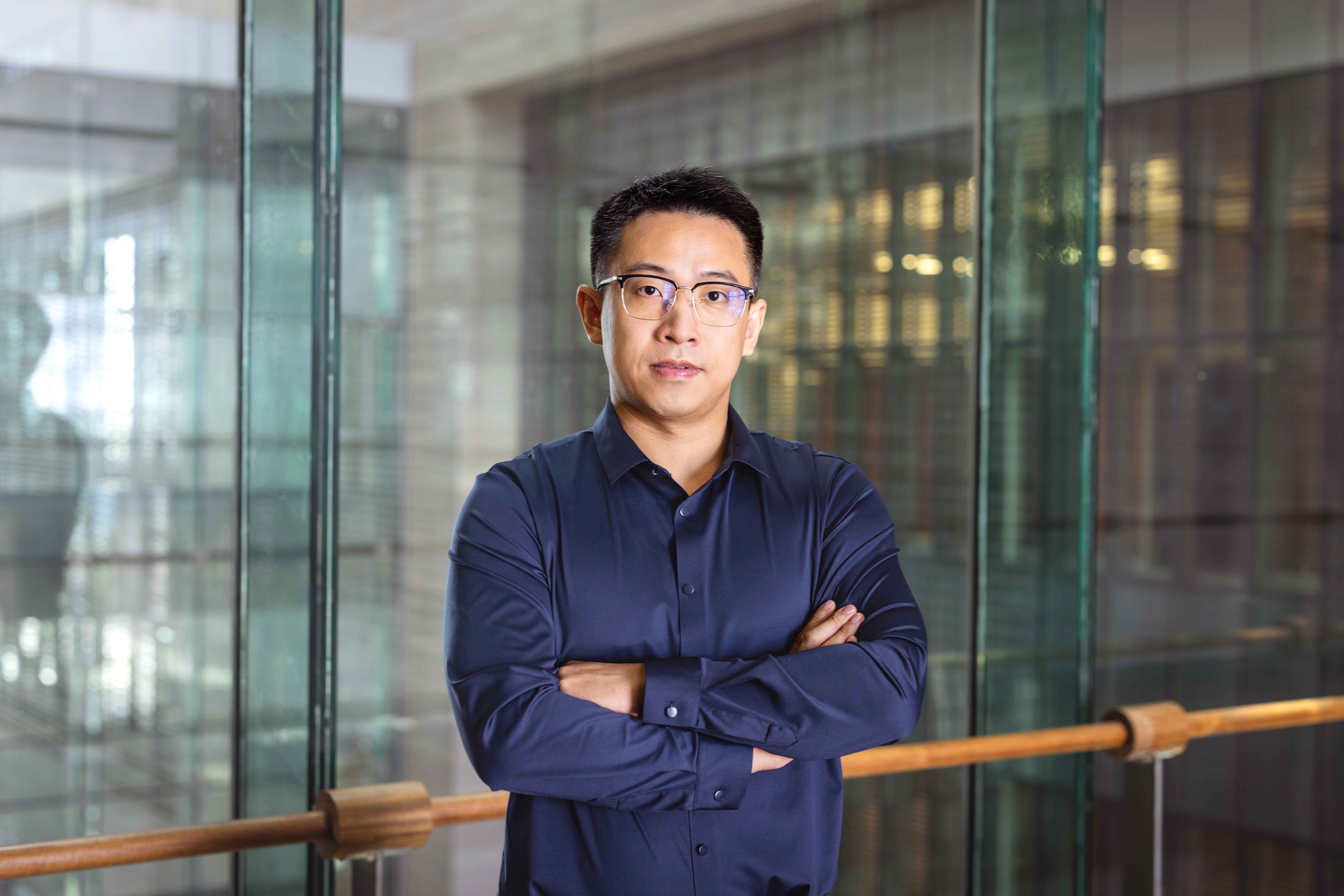


08 November, 2023
Originally published in KAUST Insight

Leaving the comfortable confines of one academic discipline to apply expertise to an adjacent area of research can deliver high-impact science. That is the path being pursued by Xu Lu, a mechanical engineer who joined KAUST’s Clean Combustion Research Centre in 2021.
Lu aims to apply his engineer’s outlook to chemistry research questions and is already producing interesting results.
“My research is about electrochemical CO2 reduction, which means we use electricity to convert CO2 into useful fuels,” Lu says. “The electricity can come from renewables, and the fuels produced are typically methanol, ethanol, ethylene or formic acid,” he says.
Lu embarked on this interdisciplinary research path after branching out from mechanical engineering to join a chemistry department for his postdoctoral training. “By working closely with chemists, I could understand some of the research challenges they face, and where we as engineers might help to solve them,” Lu says.
Addressing the issue of carbon emissions by capturing CO2 and recycling it into useful products is a hot topic of research. Most electrochemical research on the subject has studied CO2 recycling at ambient pressure. “But in industry, high-purity sources of CO2 are usually under high pressure,” Lu says. “We have tried to take a very practical approach, by studying CO2 electroreduction at high pressure.”
Engineering expertise is very helpful for running the large and complex high-pressure reactors the team use to conduct CO2 electroreduction at 50 bars of pressure. But it is a multidisciplinary research effort, Lu adds. “My research group includes engineers, system engineers, material scientists and chemists, all working very closely together,” he says.
The team’s results show how stepping out of your research comfort zone can really pay off, Lu argues. “The high-pressure set-up gave us a surprising result,” he says. Usually, CO2 electroreduction generates a mixture of formic acid, methanol, ethanol and other products. “But under pressure, the reaction becomes highly selective for formic acid production, which is much more useful than a mixture,” Lu says. “Now we are trying to convert the high-pressure CO2 into other single products,” he adds.
“The team’s results show how stepping out of your research comfort zone can really pay off.”
Joining KAUST proved to be an excellent move for conducting cross-disciplinary research with scientists from other fields, Lu says. “Before I came to KAUST, the resources here attracted me, and I was able ramp up my lab very quickly. After I arrived at KAUST, I realized that it is a great place because we are supported to work with colleagues, without boundaries.”
Lu’s work includes collaborative projects with KAUST Solar Center researchers. “I’m doing electrochemistry, which means you need electricity, and of course it should be from solar,” he says. One project with material scientist Stefaan De Wolf, for example, explores connecting chemical electrolysers to solar cells without the need for batteries.
“I tell my students and postdocs, if you look at the world of industry, everything is already cross connected — chemistry with engineering, medicine with biology and AI with everything,” Lu says. “If you stick to your own little research field you will never make something impactful. To achieve something amazing, you have to leave your comfort zone.”